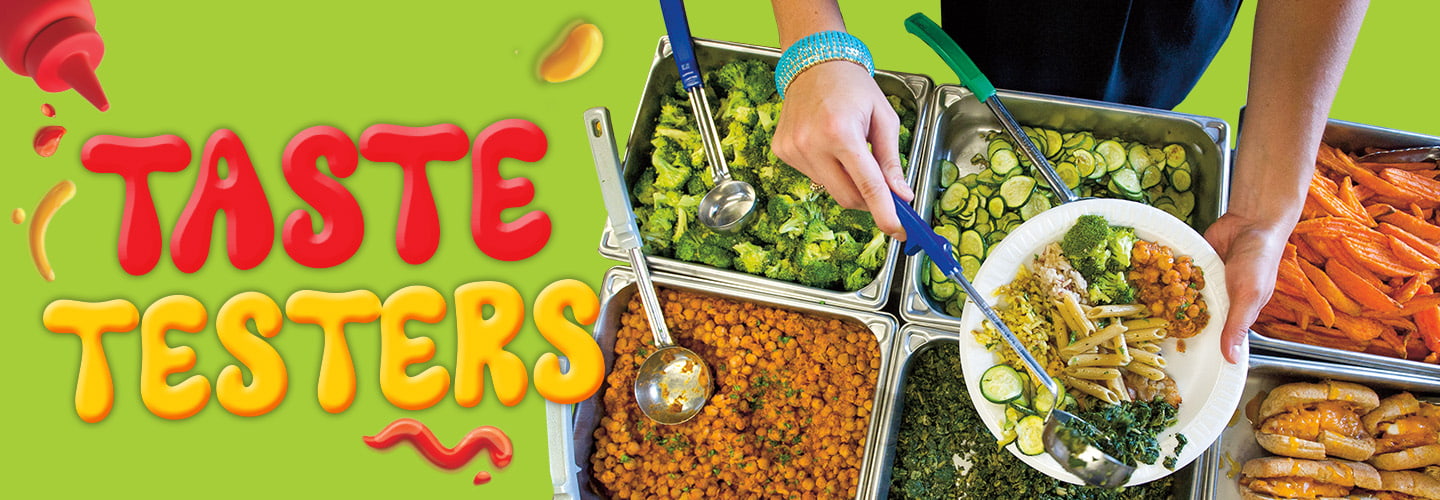Alex Zimmerman/Civic News Company
Elsa Hammerman and her letter
Last spring, Elsa Hammerman noticed something during lunch. Her favorite meal, roasted chicken, was gone from the menu. It had been removed from public schools in New York City to save money.
Elsa wrote a letter to a school official. She politely asked him to bring back her favorite meal. A few months later, Elsa got a big surprise. Roasted chicken was once again on the menu at her school, P.S./I.S. 187!
“I was so excited,” the 11-year-old says. “My friends and I always looked forward to the roasted chicken. And it was back!”
Elsa soon learned that she could play an even bigger role in her cafeteria. She could help plan her school’s lunch menu!
Last spring, Elsa Hammerman noticed something during lunch. Roasted chicken was gone from the school menu. That’s Elsa’s favorite meal. It had been removed from public schools in New York City. The reason was to save money.
Elsa wrote a letter. She sent it to a school official. She politely asked him to bring back her favorite meal. A few months later, Elsa got a big surprise. Roasted chicken was back on the menu at her school, P.S./I.S. 187!
“I was so excited,” the 11-year-old says. “My friends and I always looked forward to the roasted chicken. And it was back!”
Elsa learned that she could play an even bigger role in her cafeteria. She could help plan her school’s lunch menu!

